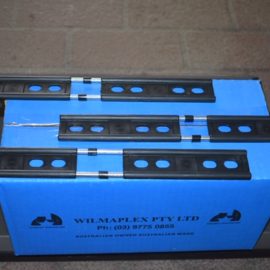One of the oldest crafts in the building sector is bricklaying. Bricklaying tools and equipment have been the foundation of strong, useful, and aesthetically pleasing constructions since the dawn of civilisation and continue to do so now.
The sand supplies in Melbourne are essential to any project's quality, effectiveness, and safety; they are not just extras. Even the most skilled bricklayer would have trouble producing polished, long-lasting results without the proper equipment.
The Instruments That Help Shape the Craft With Precision and Effectiveness
Bricklaying is made possible by its basic equipment, which includes spirit levels, hammers, jointers, and trowels. Every day on the job site, these instruments are essential for jobs like levelling courses, laying mortar, and creating clean joints. Every tool is made with a specific purpose in mind, and even little variations in material, weight, or size can affect the final product.

For instance, a trowel that is balanced correctly enables smoother mortar application and improved control. The gap between design and implementation is filled by these tools. When it comes to bricklaying, accuracy cannot be compromised. Measurement, alignment, or spacing errors can jeopardise a structure's structural stability in addition to its aesthetic attractiveness.
Quality Assurance and Beauty
Bricklaying is a craft that strikes a balance between power and beauty; it's not only about stacking bricks. Tools are essential to a project's completion and detailing. For instance, different mortar joint profiles are created using jointing tools, which affect water resistance in addition to attractiveness. Long-term structural problems might result from moisture seeping into an improperly tooled joint. Every sturdy wall, graceful arch, or intricate facade is the result of a skilled craftsman's work as well as the accuracy and dependability of their equipment.
Getting Used to Contemporary Construction Methods
Bricklaying tools and equipment are always changing along with the building sector. Even while conventional hand tools are still essential to the craft, more effective substitutes have been made possible by recent developments. For instance, laser levels provide incredibly precise alignment and layout.
These developments lower labour intensity, speed up turnaround times, and enable bricklayers to take on increasingly challenging projects. Maintaining competitiveness and adjusting to contemporary building norms requires embracing new tools and technology.
No comments:
Post a Comment